Distemper Paintings, 2010
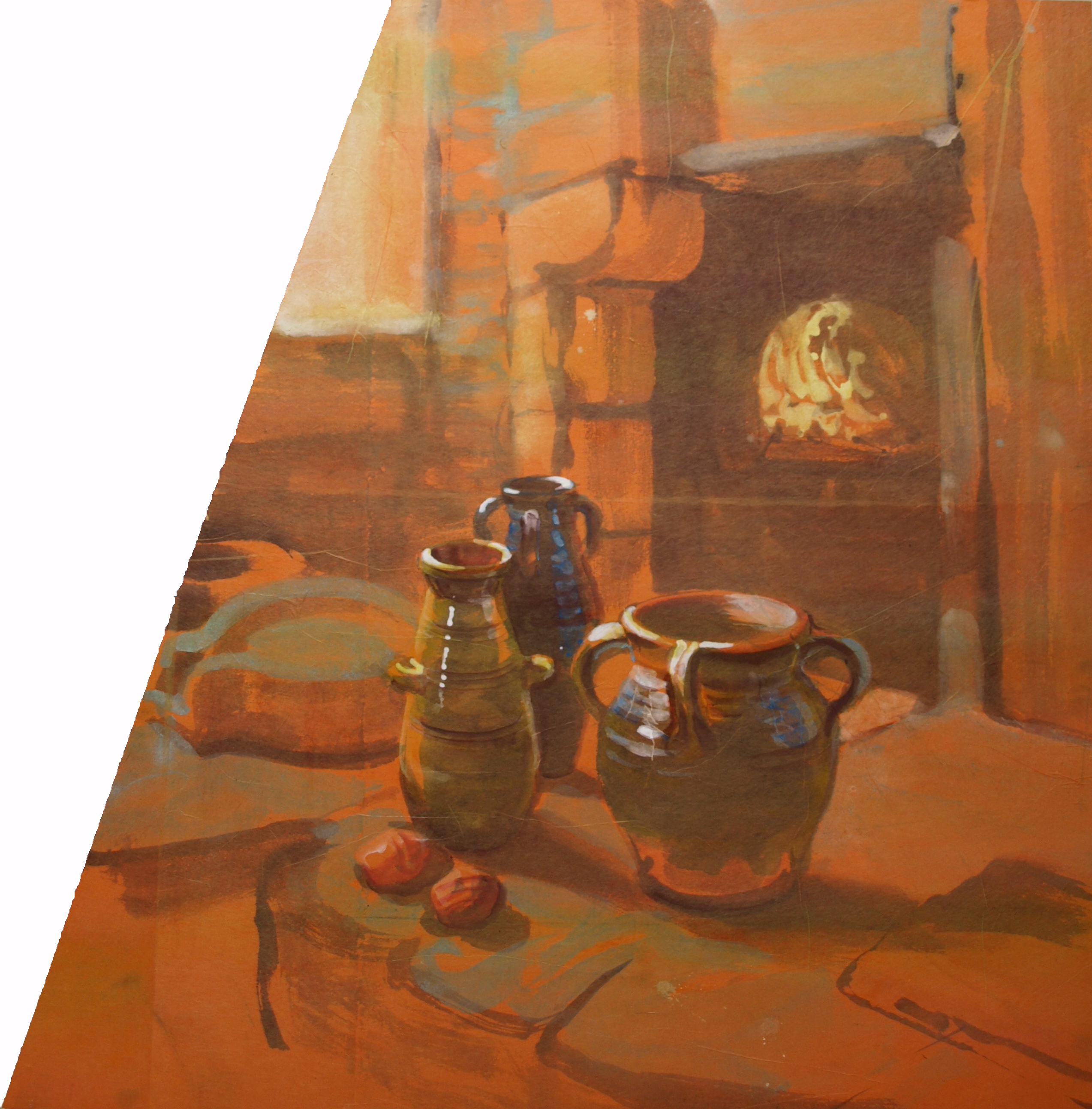
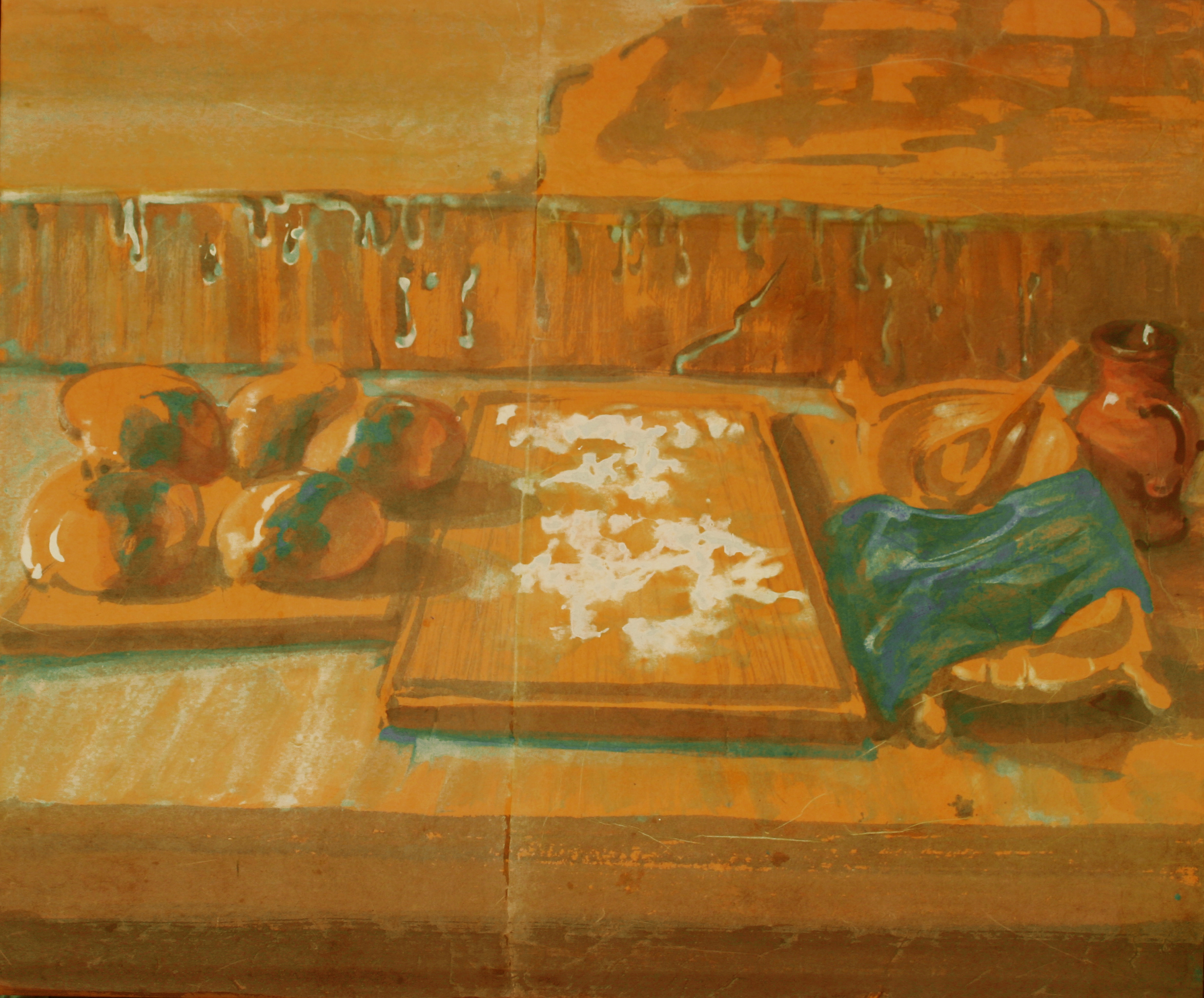

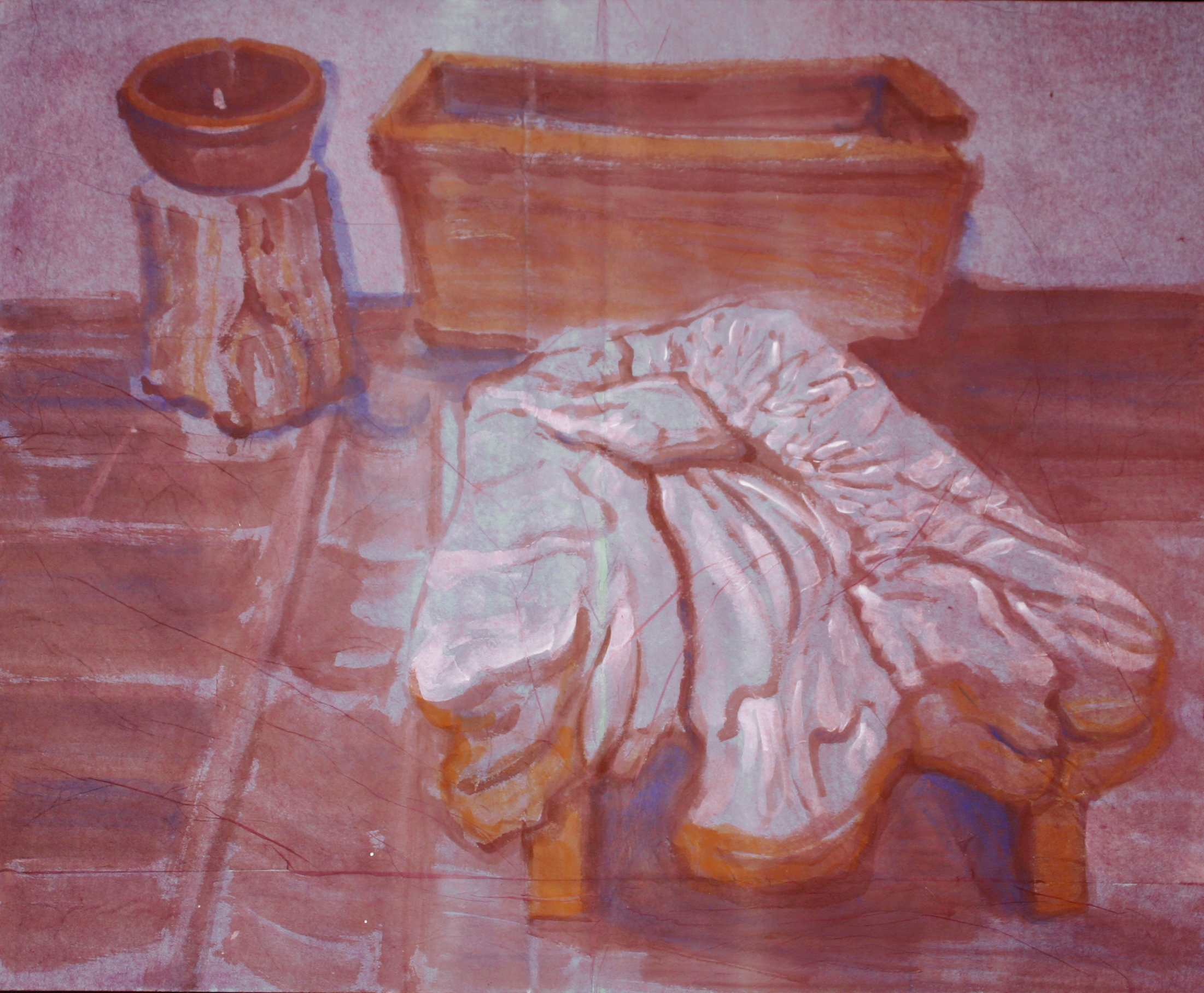
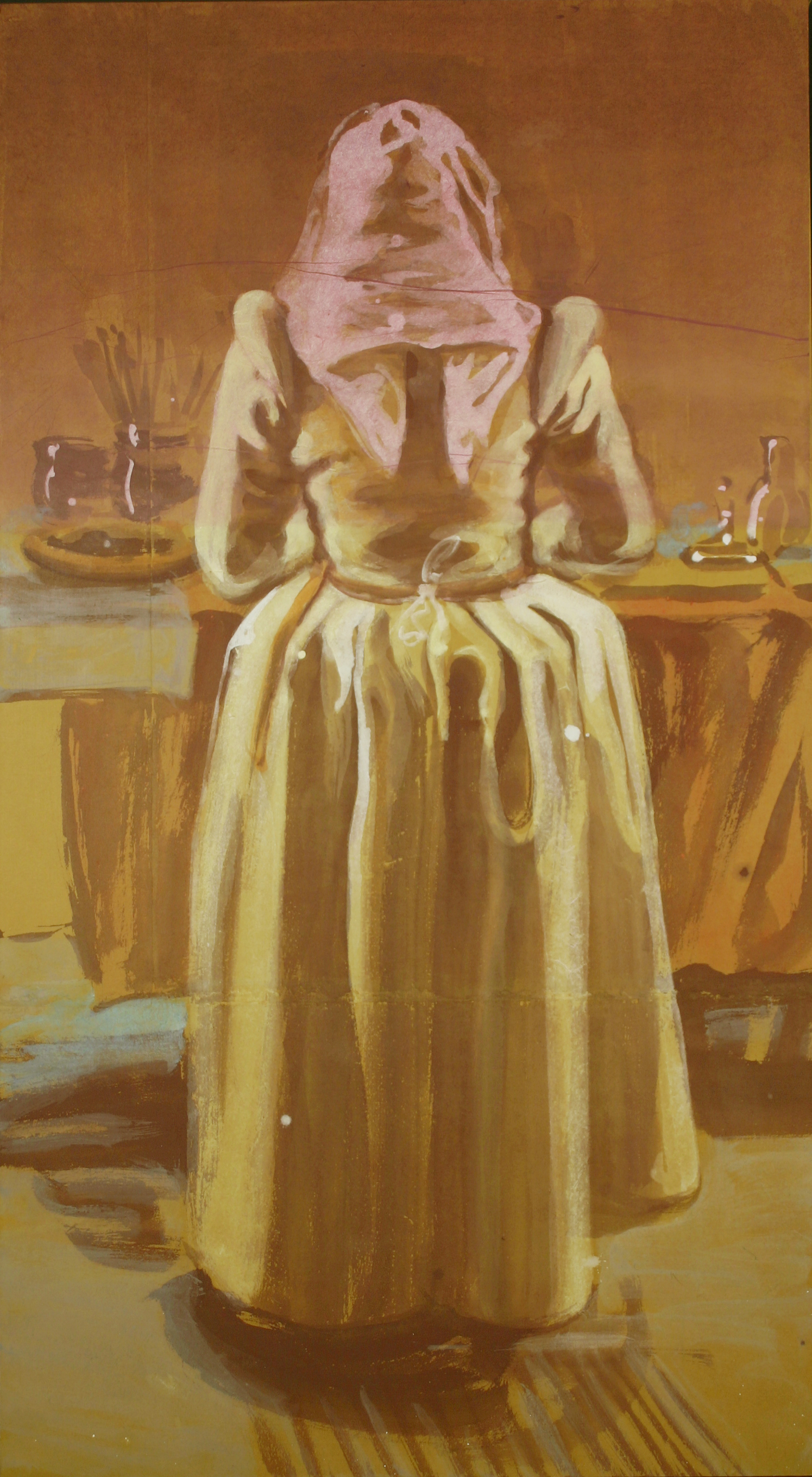
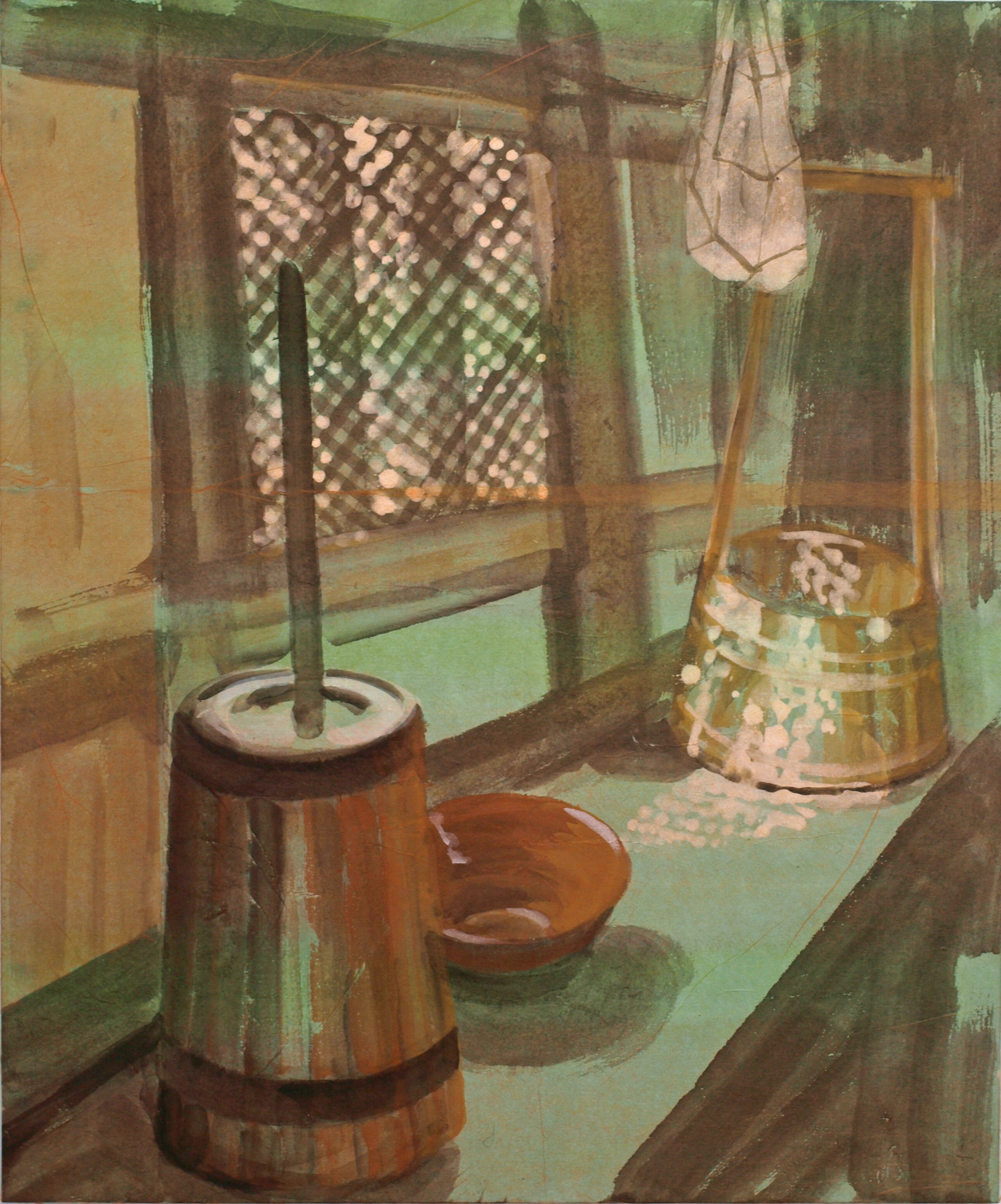

These paintings are made with pigments bound in glue made from parchment clippings, on mulberry paper. Parchment is made from sheep or calf hide, and boiling the parings down produces a collagen glue, similar to rabbit skin glue, which can be used as a binder. This type of paint was historically used in Europe as a cheap form of painting on linen canvas or pasteboard, and was used for wall decoration and scene painting for the theatre. However, when used in conjunction with the strong, thin and absorbent papers of China, Korea and Japan, this binder displays an etherial glowing effect.
In East Asia, distemper is a sophisticated paint medium, and is the binder of choice in ‘traditional’ Chinese, Korean and Japanese painting. So, a paint which was considered cheap and crude in Europe, is elegant and refined in East Asia, mainly due to the differences in the quality of the support. Uniting the economy of line seen in East Asian painting with the economy of line seen in Western European scene painting for theatre, these paintings revisit the scenes, settings, and locations of previous re-enactments, including the acts of their own making.